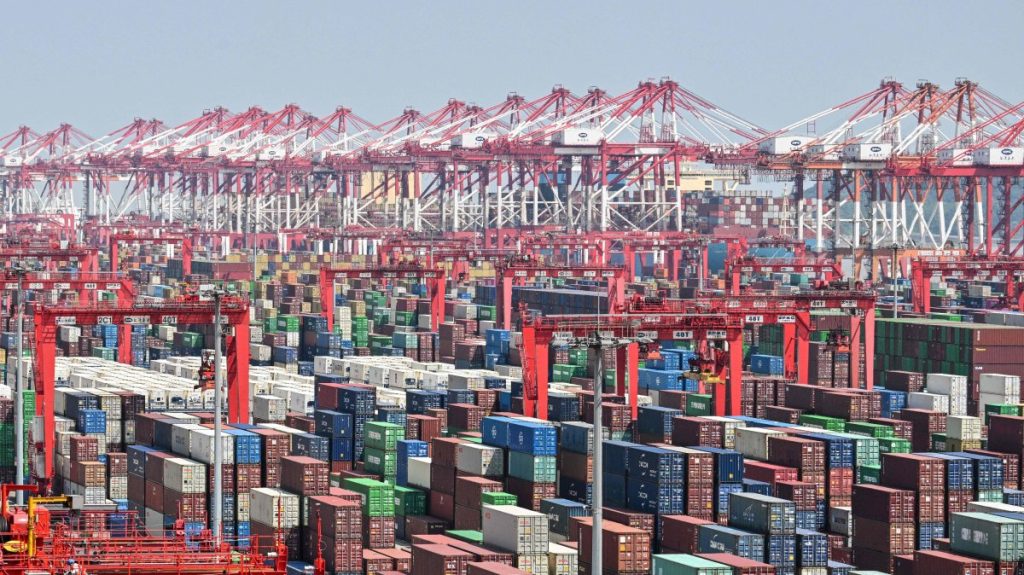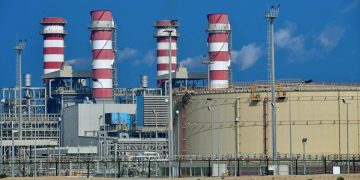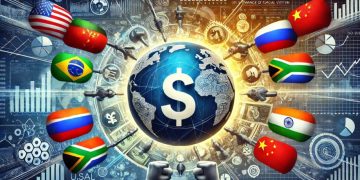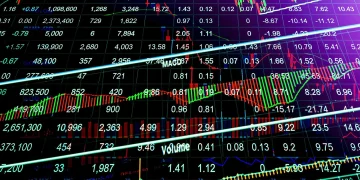China’s post-zero-COVID stimulus and spending policies
After years of strict zero-COVID lockdowns, China’s reopening strategy marks a fundamental shift in its economic trajectory. Since late 2022, Beijing has aggressively pivoted to stimulate domestic demand and revive growth through a suite of fiscal, monetary, and policy measures. The government’s stimulus efforts focus heavily on infrastructure spending, property sector stabilization, and consumer incentives, signaling a renewed commitment to sustaining economic momentum. This recalibration of policy priorities aims to address lingering pandemic-era disruptions while positioning China for longer-term resilience. The scale and speed of stimulus, coupled with easing mobility and factory operations, set the stage for significant changes in commodity demand patterns worldwide.
Infrastructure and urban renewal projects have taken center stage, with authorities allocating substantial capital to transportation, energy, and technological upgrades. This infusion of investment fuels demand for raw materials like steel and copper, whose consumption closely tracks construction activity. Meanwhile, efforts to revive the property market, long a drag on commodity consumption, could restore a major source of demand for cement, iron ore, and other building materials. On the consumer front, stimulus measures aimed at boosting retail spending and vehicle purchases contribute to heightened energy and semiconductor demand, reflecting China’s strategic push for domestic consumption and tech self-reliance.
Impact on iron ore, copper, oil, and semiconductors
Iron ore stands as a bellwether commodity in the context of China’s reopening. As the world’s largest steel producer, China accounts for roughly 70% of global iron ore consumption. Post-zero-COVID stimulus and infrastructure spending have reignited steel demand, driving iron ore prices upward after a period of relative weakness. However, ongoing property market headwinds and supply-side reforms aimed at curbing overcapacity temper the upside. The net effect is a renewed but measured iron ore demand growth that reshapes global trade flows, benefiting key exporters such as Australia and Brazil while creating pressures on lower-cost producers.
Copper is another critical commodity influenced by China’s reopening, given its essential role in electrical wiring, renewable energy infrastructure, and manufacturing. The stimulus-driven infrastructure surge and accelerating electric vehicle adoption intensify copper consumption, with demand expected to outpace supply growth in the near term. This imbalance supports elevated copper prices and encourages investment in mining expansions and recycling technologies. Regional trade patterns adjust accordingly, with Southeast Asian countries and Chile well-positioned to capitalize on increasing copper flows to meet China’s needs.
Oil demand also reacts strongly to China’s reopening. Mobility restrictions’ easing leads to increased transportation fuel consumption, while industrial activity recovery stimulates petrochemical demand. China’s oil imports, which represent a significant share of global seaborne trade, have rebounded sharply, pushing global crude benchmarks higher. The interplay of China’s strategic petroleum reserves management, refinery output optimization, and renewable energy policies complicates the oil demand outlook but broadly supports elevated consumption compared to the pandemic trough.
Semiconductors represent a more nuanced aspect of China’s commodity flow impact. While China aims for technological self-sufficiency, ongoing geopolitical tensions and export controls constrain its access to cutting-edge chips. Nonetheless, post-pandemic recovery and government incentives drive increased semiconductor demand in consumer electronics, automotive, and industrial sectors. This demand reshapes global supply chains, bolsters regional chip manufacturing hubs in Taiwan, South Korea, and Southeast Asia, and intensifies competition for wafer fabrication equipment and raw materials like silicon wafers and specialty gases.
Export-import imbalances and regional beneficiaries
China’s reopening strategy recalibrates global trade balances in multiple dimensions. On the export side, recovering domestic demand reduces China’s surplus in certain commodity exports, while expanding imports of raw materials and intermediate goods feed industrial resurgence. The shift affects bilateral trade flows with major partners such as the United States, the European Union, and ASEAN countries.

Australia and Brazil remain key beneficiaries on the commodity export front, with iron ore and copper shipments ramping up to meet China’s revitalized appetite. Southeast Asian economies, including Vietnam, Malaysia, and Indonesia, also gain from increased exports of semiconductors components, electronic assembly, and raw materials, as China diversifies its supply chains post-COVID. Meanwhile, Middle Eastern oil exporters see stronger demand from China’s rising crude imports.
However, these shifts also exacerbate existing trade tensions. Increased commodity imports by China may worsen trade deficits with commodity-exporting nations reliant on Chinese demand, while export competition intensifies in manufacturing sectors affected by China’s reopening. Regional supply chains adapt as countries seek to balance integration with resilience, driving new trade alliances and investment patterns.
Equity sectors and countries to watch
The reopening-driven commodity flow changes create notable investment opportunities and risks across sectors and geographies. Resource companies, particularly in mining and energy, stand to benefit from rising commodity prices and export volumes. Australian mining giants like BHP and Rio Tinto, Brazilian miner Vale, and Chilean copper producers are well-positioned to capture gains from surging Chinese demand.
In energy markets, Middle Eastern and Russian oil producers may experience volatility depending on China’s crude import strategies and global price dynamics. The semiconductor sector remains critical, with Taiwanese and South Korean firms like TSMC and Samsung central to supplying China’s expanding chip needs. Southeast Asia’s electronics manufacturing clusters may see accelerated growth from increased regional trade flows.
On the downside, sectors dependent on Chinese consumer spending outside commodities—such as luxury goods and non-essential retail—may face slower recovery if domestic economic growth remains uneven. Export-dependent economies with close ties to China should monitor geopolitical risks and supply chain disruptions that could dampen investment returns.
Investors focusing on global equity markets will need to balance exposure to resource-driven sectors benefiting from China’s stimulus against risks from regulatory shifts, geopolitical frictions, and cyclical demand fluctuations. The reopening is not a uniform accelerator but a complex mosaic with winners and losers shaped by policy, global dynamics, and market sentiment.
China’s reopening strategy is transforming global commodity flows in profound ways. Its stimulus and spending policies reignite demand for iron ore, copper, oil, and semiconductors, reshaping trade balances and benefiting key exporting nations. However, challenges remain, including property market uncertainty, geopolitical tensions, and evolving supply chain strategies. For investors and policymakers alike, understanding these dynamics is critical to navigating the post-pandemic global economic landscape and capturing opportunities amid shifting commodity cycles.


































